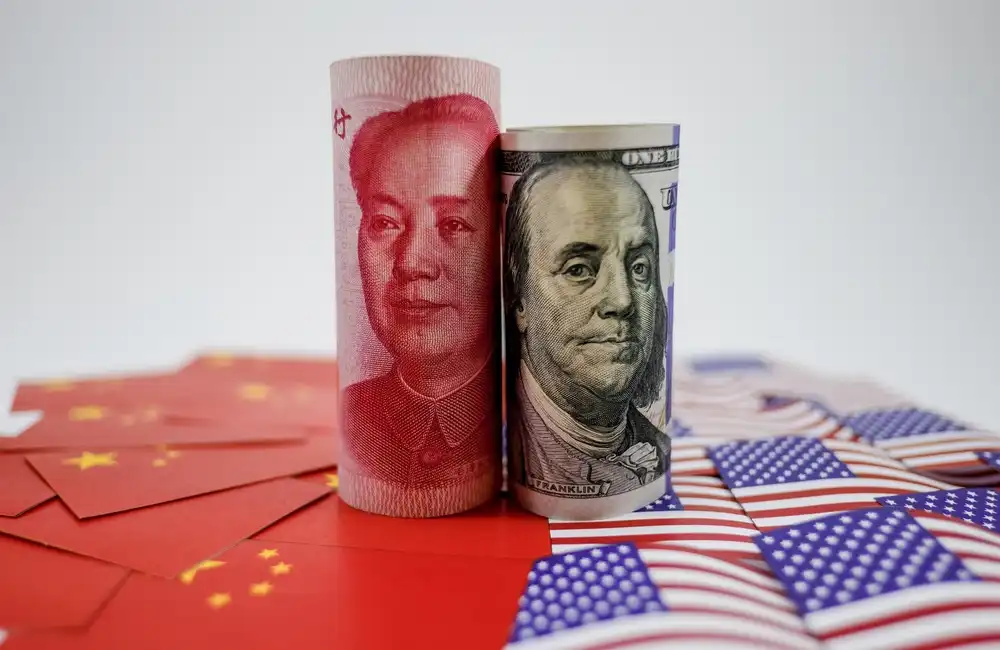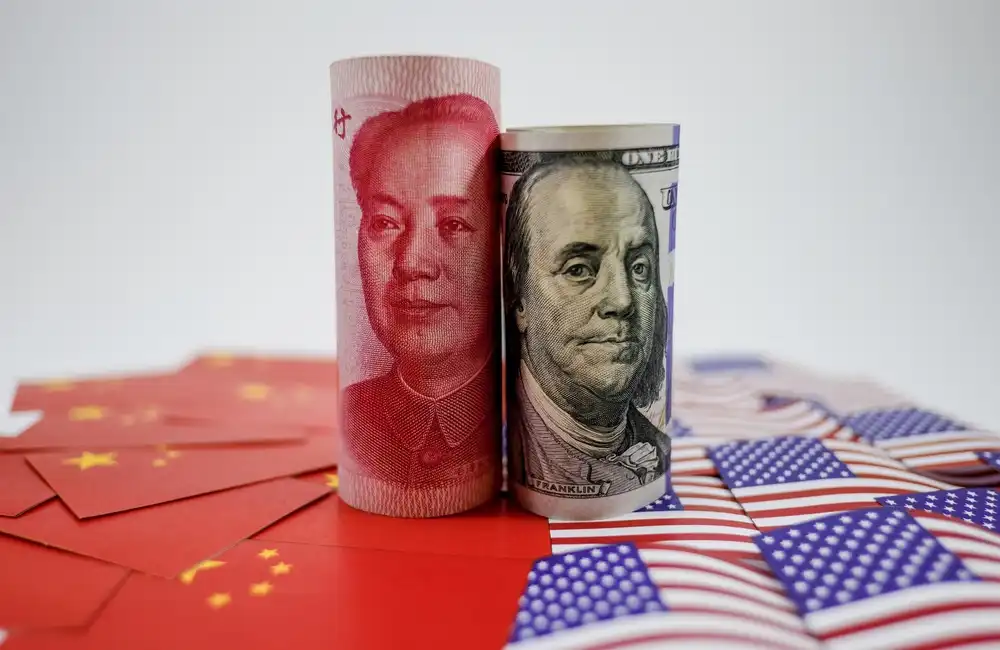Jaguar Land Rover, the British automotive manufacturer owned by Tata Motors, released its financial results for the first quarter of 2025, reporting an operating profit of £200 million.
This performance fell short of analyst expectations, which had forecasted a consensus operating profit of £250 million. The financial shortfall has been attributed to ongoing cost pressures related to the company’s electric vehicle transition and persistent supply chain constraints.
Jagged Financial Performance for Q1 2025
While Jaguar Land Rover continues to maintain its position as a leading luxury automotive brand, its Q1 2025 performance signified a challenging period. The £200 million in operating profit represents growth in absolute terms compared to recent quarters, driven partially by strong sales across the luxury SUV category and continuing demand for hybrid vehicles.
However, analysts had projected an operating profit of £250 million, setting a higher expectation based on the easing of certain supply chain disruptions and optimistic production forecasts. The £50 million gap underscores the financial test posed by the rapidly changing automotive landscape and operational complexities the company faces.
Revenue for the quarter reached £8.5 billion, aligning with prior guidance. Despite robust turnover, margin pressures restrained the company’s ability to fully capitalise on its topline success.
Cost Pressures Central to Missed Expectations
At the core of Jaguar Land Rover’s profitability challenges is the cost-intensive transition toward electric vehicles. Like concurrent automotive players, the company is working to innovate its portfolio to meet stringent emissions regulations and shifting consumer demand towards sustainable mobility. However, such ambitions have come at a cost, with increased R&D expenditure, battery procurement challenges, and infrastructure investments weighing heavily on financial performance.
The company is expected to accelerate its transition plan with new launches scheduled this year, including the all-electric versions of its Range Rover and Jaguar XJ models. While these launches will showcase Jaguar Land Rover’s commitment to leadership in the electric vehicle space, they require upfront capital investments in technology, design, and marketing.
Adding to this financial complexity is the sustained impact of global supply chain disruptions. Although some automotive manufacturers have been able to transition past the semiconductor shortage challenges of the previous years, Jaguar Land Rover continues to report bottlenecks in sourcing chips, batteries, and other key components. Limited availability of critical materials has slowed production timelines, preventing the company from fully meeting strong demand in premium markets, particularly across North America and Europe.
Additionally, inflationary cost pressures across raw materials and logistics have been noted as a headwind, further pressuring the business’s operating margins. Battery metals like nickel, cobalt, and lithium have seen sharp price increases, driven in part by heightened demand for electric vehicles globally. Such dynamics elevate Jaguar Land Rover’s production costs, which, as a premium automotive manufacturer, are already elevated due to material complexity and customisation options.
Trade Ideas for Investors
The automotive sector continues to present compelling opportunities for investors, albeit with a need for selectivity as varying dynamics play out among original equipment manufacturers and across key component verticals like battery metals. Jaguar Land Rover’s results offer both insights and a reminder of some of the market’s broader trends.
Auto-OEM Equities
Investors should keep an eye on auto-original equipment manufacturers positioned to outperform in 2025 amid industry‐wide transformation. The luxury car segment, in particular, remains ripe for long-term growth as an expanding middle-class population globally continues driving demand for premium vehicles. Jaguar Land Rover, despite its Q1 shortfall, retains strong brand equity internationally and should benefit from diversified product offerings across the electric and SUV spaces.
However, as the results demonstrate, profit variations caused by variable input costs or procurement delays may pose risks. Investors might favour OEMs that exhibit resilience through vertical integration within their supply chains or those with existing capacity to mitigate raw material pricing risk.
Market performance may favour some international peers such as BMW and Mercedes-Benz, which have outpaced Jaguar Land Rover in EV investments over recent cycles. Multinational exposure may provide a comparative advantage in terms of both economies of scale and alternative supply sources for critical components like semiconductors.
Battery-Metal Miners
For investors considering a broader approach to the increased costs seen across the automotive space, exposure to battery-metal commodities could offset relative performance risks often associated with auto-OEM shares. Prices across lithium, cobalt, and nickel remain underpinned by sustained demand for electric mobility solutions, positioning major mining operators strongly over the medium term.
Major producers such as Albemarle in lithium or Glencore’s diversified operations could capture value as projects to scale mining operations align electric vehicle ambitions. However, policy dynamics across the globe, particularly new regulations around environmental mining and commodity export controls, should be monitored closely.
Thematic funds linked to clean energy commodities may offer diversified routes into this opportunity, balancing exposure with offset variables unique to mining projects and de-risking inherent volatility associated with single-miner stocks.
Broader Implications Across the Sector
Jaguar Land Rover’s challenge in balancing strong revenue expansion with cost control highlights risk factors other automotive players may also face. These include trading volatile battery material pricing, incremental R&D financing pressure versus tight policy deadlines for emissions compliance, and the operational complexity of scaling EV production under supply constraints.
Investors should maintain dynamic portfolio reviews, consider innovations in supply chain integration, and adopt flexible position sizing to manage both short-term volatility and long-term thematic growth in the automotive transition.
Subscribe to Advisor’s Gateway’s fortnightly newsletter for deep-dive analyses and actionable trade ideas across automotive and battery-metal markets.



















